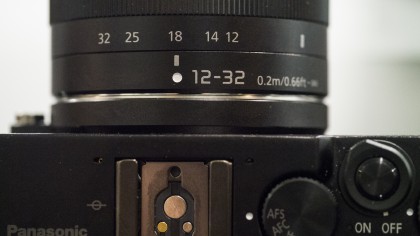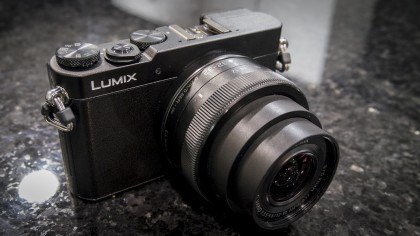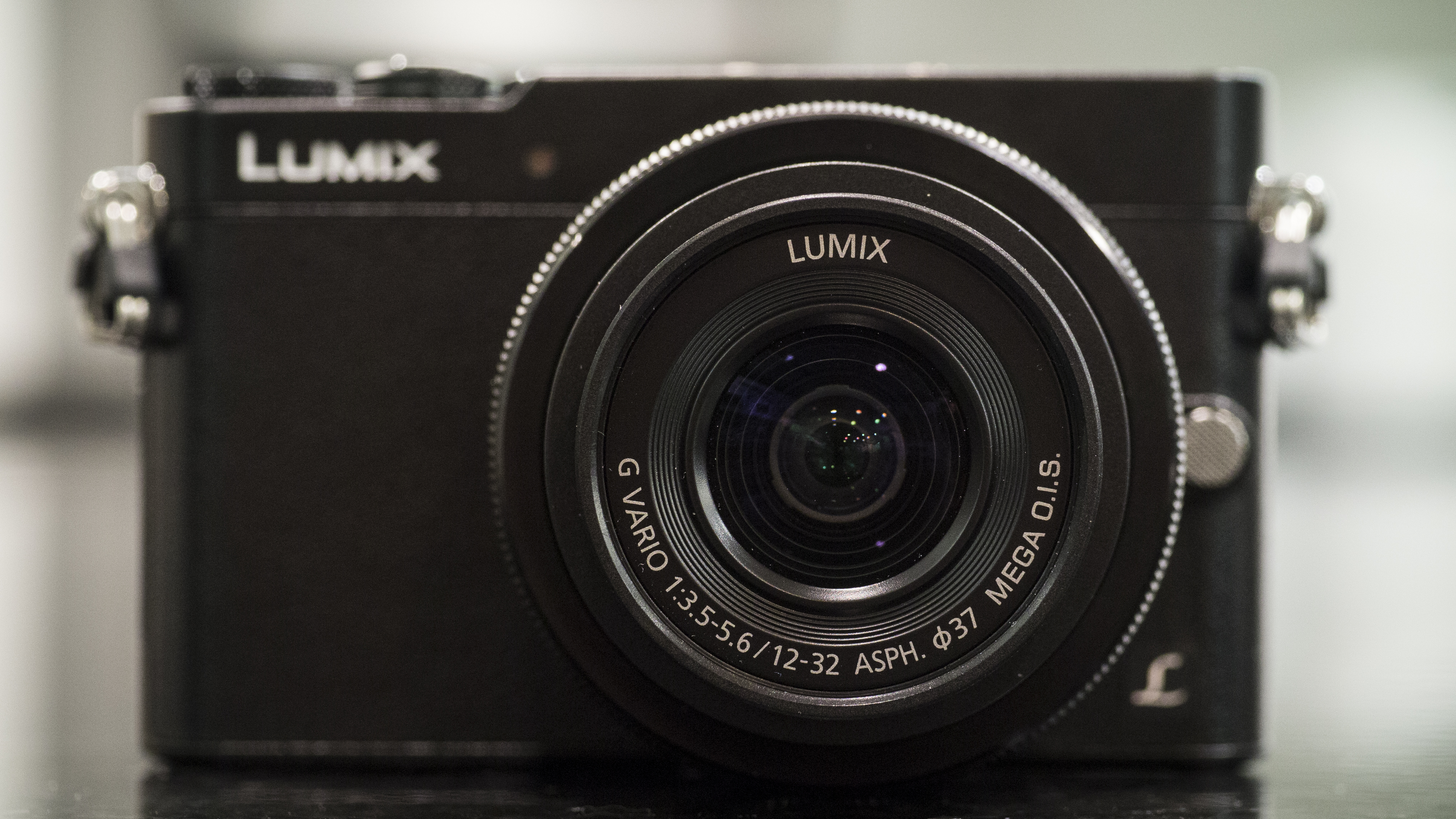Why you can trust TechRadar
As the GM5 uses the same sensor and processor as the GM1 (and therefore Panasonic's more advanced GX7), we had no doubt that images would be great, and happily those expectations have been met.
Direct from the camera, images are bright and punchy without seeming to be too oversaturated. If you want to boost vibrancy and contrast, then you can change the Photo Style to Vibrant, or if you need to mute the colours slightly you can choose the most appropriate Style for your needs. You can also shoot black and white images in this way too. The good thing here is that shooting with these parameters can be done in raw format, giving you the standard colour version should you require it down the line.
Detail resolution is excellent, with beautifully crisp images even when viewing at 100% at lower sensitivities. As you move up the sensitivity range, naturally more noise is introduced and a little detail is lost, however, at ISO 800 there's still plenty of detail and minimal noise, while at ISO 1600 images still look great, even at large sizes. Images remain more than usable at ISO 3200, especially at normal printing or web sizes,

At the time of writing, it's not possible to view raw format files using Adobe Camera Raw, but Panasonic's Silkypix software is bundled in the box. Using this shows that a significant amount of noise reduction occurs with JPEG files at high sensitivity settings, and while this results in a generally pleasing look, if you're concerned about preserving very fine detail, you can pull some of this back by working with the raw files to get a balance you prefer.
The camera's general purpose metering system does an excellent job to produce accurate exposures, with hardly any need for exposure compensation – though in high contrast situations it can help to dial in a couple of stops occasionally.
The automatic white balance copes well with different lighting conditions. In natural light, shots taken with auto white balance are almost indistinguishable from those taken with the sunny or cloudy white balance presets. Under artificial lights, colours can be a tiny bit off, tending towards warmer tones, in which case switching to incandescent, or even setting your own custom white balance is handy. If you shoot in raw format, you can always adjust the white balance during the editing stage.
Generally speaking, autofocusing speeds are very quick, especially in good light, where the camera is capable of locking onto the target almost instantly. As the light drops, speeds drop a little too, but even under relatively low light, it's still pretty impressive. It's only when the light reaches near blackness that the camera really struggles.

The 12-32mm f/3.5-5.6 kit lens makes for a great walkaround lens for everyday shooting scenarios, covering a good range of focal lengths. Shooting at mid-range apertures such as f/8 gives sharpness right the way across the frame, while you can also get pleasing shallow depth of field effects using the f/3.5 maximum aperture. If you want to purchase another lens, it's worth looking at something with an even wider maximum aperture, such as the 25mm f/1.4 lens for really shallow depth of field effects, and for shooting in very low light.
Panasonic cameras have a great range of digital filters, and it's pleasing to see them now being available in semi-automatic or manual modes. This means you can retain full control over aperture or shutter speed (or both) while adding a creative look. It's also great that you can shoot in raw format with filters, meaning if you decide that the Cross Process (or whatever) effect isn't for you after all, you can revert back to a standard image. It's worth experimenting with the different filters to find those that you like, but my favourites include High Contrast Monochrome and Bleach Bypass.
Amy has been writing about cameras, photography and associated tech since 2009. Amy was once part of the photography testing team for Future Publishing working across TechRadar, Digital Camera, PhotoPlus, N Photo and Photography Week. For her photography, she has won awards and has been exhibited. She often partakes in unusual projects - including one intense year where she used a different camera every single day. Amy is currently the Features Editor at Amateur Photographer magazine, and in her increasingly little spare time works across a number of high-profile publications including Wired, Stuff, Digital Camera World, Expert Reviews, and just a little off-tangent, PetsRadar.

